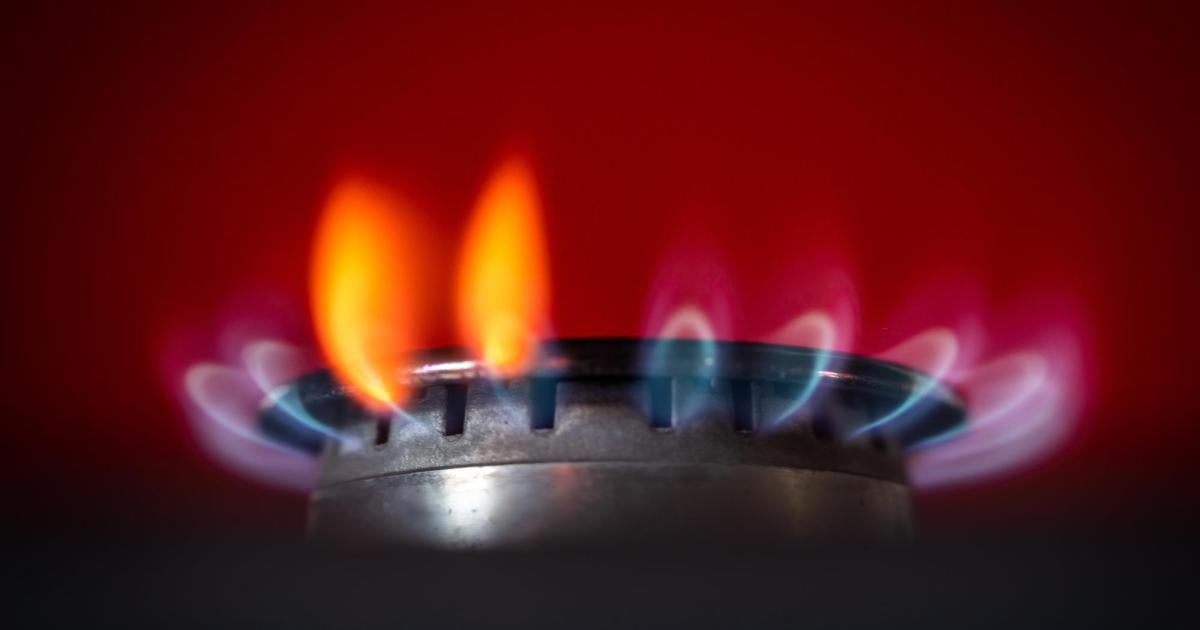Up to 1.100 Euro annually Austrian Guest customers currently save if they switch providers. Strom there are at least up to 600 Euro per year. Nevertheless, only a few customers switch to another electricity and gas supplier and thus contribute to a high concentration on the domestic market.
One could “monopoly-like dimensions” speak, said the head of the Federal Competition Authority, Natalie Harsdorf on Tuesday at the presentation of the second interim report of the Energy Taskforce, which the BWB prepared together with the regulatory authority E-Control. In the gas and electricity sector, the state energy suppliers would have market shares of 70 percent in Lower Austria up to 97 percent dominate in Vorarlberg, says Harsdorf.
Wholesale prices are falling, but not everyone notices
While wholesale prices have been 1.5 years will be felt at very different speeds by customers of the large domestic energy companies, said E-Control-Chef Wolfgang Urbantschitsch The same companies may reduce or increase prices for different customer groups over the same period.
Extreme developments
From 2023 onwards, this will also have led to some extreme developments in end-customer prices, criticised Urbantschitsch. For example, thousands of customers will have to pay up to 61 Cent pro kwh Strom or up to 25 Cent pro kwh Gas paid three to ten times as much as the most expensive or cheapest procurement strategy of the respective supplier would justify, as calculated by E-Control and BWB. According to a survey by E-Control, more than half of the customers have not yet changed their electricity or gas supplier.
Why don’t customers switch?
This is also because many customers do not even know that they are paying too much, says Urbantschitsch. This is mainly due to non-transparent and often incomprehensible index clauses in price adjustments. They also make it almost impossible for customers to predict price increases.
According to a recent survey by E-Control, 68 percent of respondents could not say how much they pay per kilowatt hour of electricity, for gas it was even 84 percent.
But that is the essential prerequisite for being able to make a decision about changing suppliers, said Urbantschitsch. There is potentially competition, but hardly anyone takes part, said BWB boss Harsdorf. This also enables local suppliers to charge higher prices.
To compare whether it is worth changing provider, we recommend using the E-Control online tariff calculator. There you enter your address, your previous electricity or gas consumption (found on your annual bill) and your current provider and tick whether you want to include switching discounts.
You will then receive a list of offers that include the annual price and the savings. After clicking on the product, you will see discounts. Network costs and deductions due to the electricity cost cap are also listed. If you want to switch, you must then fill out the relevant form with the new provider.
Alternatively, you can switch providers via comparison portals such as Durchblicker or Tarife.at. These take the work off your hands, but in return you receive commission from the provider. If you find price comparison too tedious, you can also use switching services. For an annual fee, for example, Energy Hero automatically switches you to the cheapest provider.
Recommendations
BWB and E-Control included a number of recommendations in their report. They suggest that energy supply contracts transparent designed and comparable Urbantschitsch and Harsdorf also advocated for mandatory monthly invoices and for more effective Rules for non-contractual situations strong: “This gives customers the security of being able to react to price increases.”
Harsdorf also spoke out in favour of a timely Extension of the special law for lower prices on the energy market. The recently passed law stipulates that providers must justify offers that are less favourable than those of other companies on comparable markets. However, it will initially only apply until 2027.
